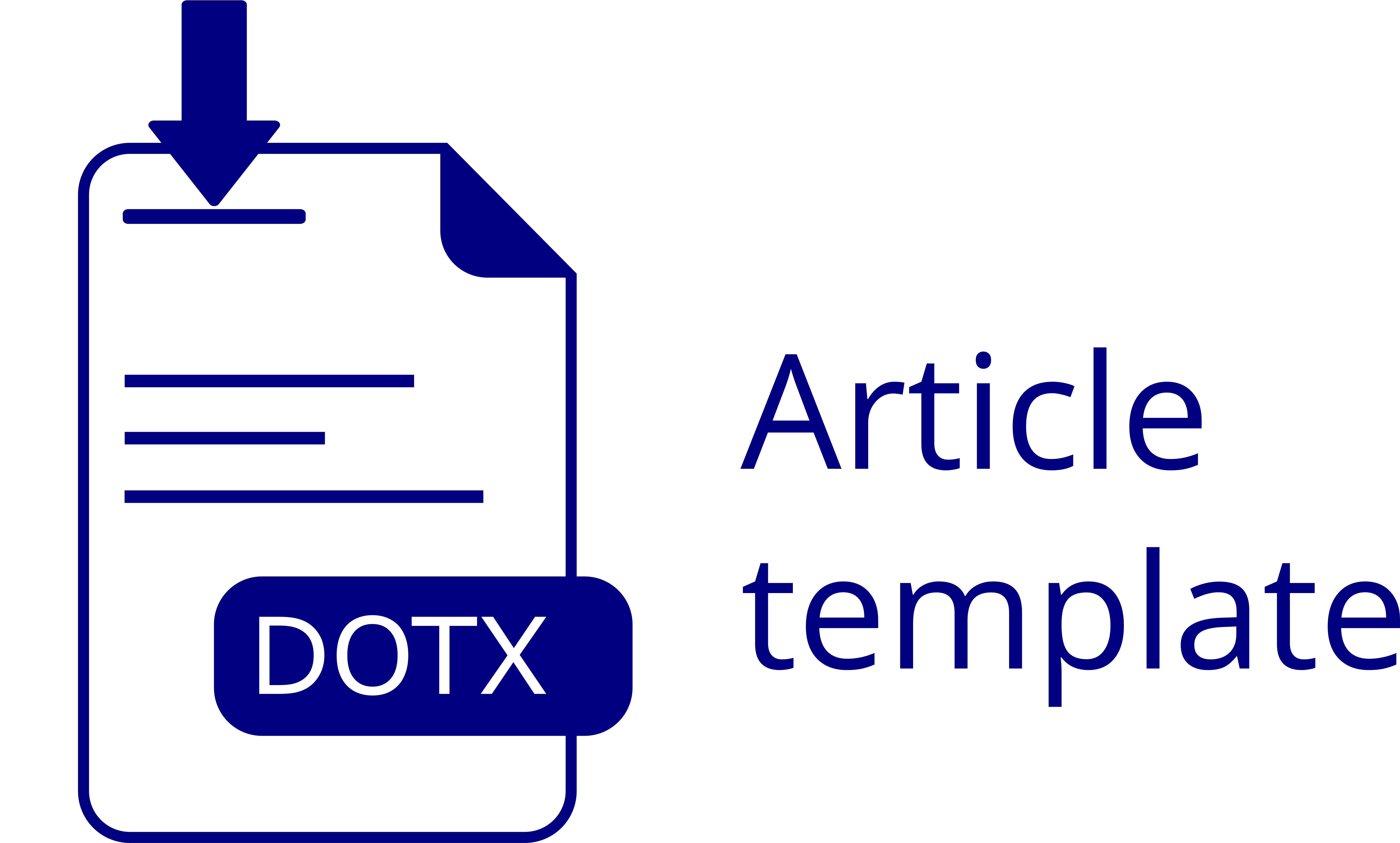Pemodelan Proses Produksi Metil Klorida Dari Metanol Dan Asam Klorida Menggunakan Aspen Hysys
Keywords:
Efisien, Flowsheet, Kemurnian, Metil Klorida, Optimasi EnergiAbstract
Metil klorida digunakan sebagai bahan kimia untuk produksi berbagai produk industri yang penting. Aplikasinya yang luas terus meningkatkan permintaan pasar globalnya. Untuk memenuhi permintaan pasar gobal, penilitian ini difokuskan untuk mendesain sebuah model simulasi proses produksi metil klorida melaluli hidroklorinasi metanol dengan upaya untuk meningkatkan efesien dari segi jumlah peralatan dan energi untuk mendapatkan kemurnian yang standart. Metode penelitian yang digunakan metode pengembangan, Penelitian ini dilakukan dengan mensimulasikan pemodelan proses produksi metil klorida dari metanol dan asam klorida menggunakan software Aspen Hysys V.11. Dimana penelitian ini sudah dilaporkan sebelumnya oleh (Yandrapu, V.P dkk, 2022) dengan judul “Energy, economic, environment assessment and process safety of methylchloride plant using Aspen HYSYS simulation model”. Yang belum dilakukan adalah proses optimasi pada jumlah peralatan yang digunakan dan optimasi energi pada prpses produksi metil klorida. Dengan menggunakan kondisi operasi yang sama tetapi memodifikasi platform penelitian untuk mendapatkan kemurnian yang sama, tetapi mengoptimalkan jumlah peralatan, mengoptimalkan energi untuk mendesain proses produksi untuk dapat mengurangi baiaya produksi dan lebih ekonomis untuk pabrik. Hasil penelitian ini model simulasi proses produksi metil klorida yang sudah dimodifikasi flowshweet proses produksinya, simulasi proses produksi metil klorida melaluli hidroklorinasi metanol menggunakan 11 peralatan, analisis energi menggunakan aspen energi analyzer, peluang penghematan utilitas total 74,98% dapat menghemat 3405 kW panas yang tidak termanfaatkan dalam proses, dan hasil kemurnian produk metil klorida 99,33%. Asumsi dari sisi perspekstif ekonomi banyak alat yang terbuang sehingga peluang cost produksi pabrik ini untuk kapital modal dasar pasti rendah, BEP semakin cepat dan Perusahaan semakin cepat mendapatkan balik modal.
References
Aspentech, 2021. Aspen Energy Analyzer, Aspen Technology Inch., (accesed 15.11.23).
Dasril, A. R. (2020). Strategi Implementasi & Optimalisasi Manajemen Energi Di Pt
Semen Padang Sebagai Upaya Keunggulan Bersaing Di Industri Persemenan
Nasional. COMPETITIVE Jurnal Akuntansi Dan Keuangan, 4(2), 166.
https://doi.org/10.31000/c.v4i2.2322.
Kirk, R.E., and Othmer, D.F., 1997, Encyclopedia of Chemical Tecnology, 4 th ed.,
The Interscience Encyclopedia Inc, New York.
Kirk,,R.E. and Othmer, D.F., 1979, Encylopedia of Chemical Tecchnology, vol 5, The
Inter Science Encyclopedia, Inc., New York.
Mc Ketta, JJ.,1990, “ Encyclopedia of Chemical Processing and Design “,VOL 4,
Marcell Decker. Inc, New York.
McInroy, A. R., Winfield, J. M., Dudman, C. C., Jones, P., & Lennon, D. (2016). The
development of a new generation of methyl chloride synthesis catalyst. Faraday
Discussions, 188(0), 467–479. https://doi.org/10.1039/c5fd00202h.
Montastruc, L., Belletante, S., Pagot, A., Negny, S., Raynal, L., 2019. From conceptual
design to process design optimization: a review on flowsheet synthesis. Oil Gas
Sci. Technol. 74, 80. doi:10.2516/ogst/2019048, Rev. d’IFP Energies Nouvelles.
Perry, Robert H., and Don W. Green. 1997. Perry’s Chemical Engineers’ Handbook 7th
Edition. McGraw Hill: New York.
Putra Yudi dkk., 2014. Pengaruh Pencampuran Premium Dan Metanol Terhadap Emisi
Gas Buang Sepeda Motor Vario Techno PGM-FI. Jurusan Teknik Otomotif FT
UNP.
Rossberg, M., Lendle, W., Pfleiderer, G., Togel, A., Torkelson, T.R., Beutel, K.K., 2000.
Chloromethanes. In: Ullmann’s Encyclopedia of Industrial Chemistry. Wiley, New
York, pp. 15–42. https://doi:10.1002/14356007.a06_233.pub4.
Schmidt, S.A., Kumar, N., Reinsdorf, A., Eranen, K., Warna, J., Murzin, D., Salmi, T.,
2013. Methyl chloride synthesis over Al2O3 catalyst coated microstructured
reactor-thermodynamics, kinetics and mass transfer. Chem. Eng. Sci. 95, 232
245.https://doi:10.1016/j.ces.2013.03.040.
Spevak L, Nadj V & Felle D (1976). Methyl chloride poisoning in four members of a
family. Br. J. Industr. Med
Yandrapu, V. P., & Kanidarapu, N. R. (2021). Process design for energy efficient,
economically feasible, environmentally safe methyl chloride production process
plant: Chlorination of methane route. In Process Safety and Environmental
Protection (Vol. 154). https://doi.org/10.1016/j.psep.2021.08.027.
Yandrapu, V. P., & Kanidarapu, N. R. (2022a). Conceptual Design of Methyl Chloride
Production Processes: A Review. Periodica Polytechnica Chemical Engineering,
66(3), 341–353. https://doi.org/10.3311/PPch.19556.
Yandrapu, V. P., & Kanidarapu, N. R. (2022b). Energy, economic, environment
assessment and process safety of methylchloride plant using Aspen HYSYS
simulation model. Digital Chemical Engineering, 3(February), 100019.
https://doi.org/10.1016/j.dche.2022.100019
Yaws, Carls., 1999 “Chemical Properties Handbook”, McGraw-Hill Companies, Inc.,
New York.
Zhang., Zhihao., Zhe Wu., David Rincon., Carlos Garcia., and Panagiotis D., Christofides.,2019. Operational safety of chemical processes via Safeness- Index based MPC: Two large-scale case studies. Computers & Chemical Engineering,125,204-215.https://doi.org/10.1016/j.chompchemeng.2019.03.003
Downloads
Published
How to Cite
Issue
Section
License
Copyright (c) 2024 Prosiding Seminar Nasional Teknik Kimia Universitas Malikussaleh

This work is licensed under a Creative Commons Attribution-ShareAlike 4.0 International License.
Authors published in this proceeding agree to the following terms:
1. The copyright of each article is retained by the author (s).
2. The author grants the proceeding the first publication rights with the work simultaneously licensed under the Creative Commons Attribution License, allowing others to share the work with an acknowledgment of authorship and the initial publication in this proceeding.
3. Authors may enter into separate additional contractual agreements for the non-exclusive distribution of published proceeding versions of the work (for example, posting them to institutional repositories or publishing them in a book), with acknowledgment of their initial publication in this proceeding.
4. Authors are permitted and encouraged to post their work online (For example in the Institutional Repository or on their website) before and during the submission process, as this can lead to productive exchanges, as well as earlier and larger citations of published work.
5. Articles and all related material published are distributed under a Creative Commons Attribution-ShareAlike 4.0 International License.
License
![]()
Proceeding Prosiding Seminar Nasional Teknik Kimia is licensed under a Creative Commons Attribution-ShareAlike 4.0 International License






